345 Views
4 Steps to Improve Pollination & Your Harvests: Part 1

by
The Micro Gardener - Anne
(IC: blogger)
Are you disappointed with low yields from your fruiting crops (zucchini, pumpkin, citrus, berries etc)? Do you notice flowers + baby fruits form but then drop, wither & die? Not many bees in your garden? Would you love an abundance of home grown food instead? Find out common reasons for poor pollination + practical tips on what you can do to help boost your harvest.
I work with nature to get the most from my edible Kitchen Garden. You may have a different climate and growing season, but the principles for a productive garden are basically the same wherever you live. I hope these tips will help boost your harvest.
If you have trouble with fruit ‘setting’ on your favourite fruit/nut trees or edible crops, you may wonder what the cause is. Sometimes flowers or immature tiny fruits just drop off and die. There are many reasons for this including frost damage, immature plants and poor pollination.
It is estimated about 1 in every 3 mouthfuls of food we eat, depends on pollination by honeybees. But there are 5 factors I'm aware of that can cause poor pollination including not enough pollinators or suitable habitat, hit and miss timing, poor weather during flowering and insufficient plants to cross-pollinate.
If you want to improve pollination and your harvests, garden chemicals of all kinds are a major threat, particularly neonicotinoids. Unfortunately, if you buy from nurseries, you may be innocently bringing these chemically grown plants into your garden without knowing. Unless retail plants have a certified organic label, you may risk introducing a plant that has been grown with a systemic pesticide (neonicotinoid) that is toxic to bees. Recent reports show this practice is commonplace.
There’s no need for chemicals when you encourage a balance of beneficial insects like ladybirds who dine out on aphids. Read the post to find out more and steps you can take to grow a bee-friendly, abundant food garden.
Enjoyed the project?

Want more details about this and other DIY projects? Check out my blog post!
Published March 15th, 2015 11:42 PM
Comments
Join the conversation
3 of 6 comments
-
Hello everyone! I am from S.D. and recently I found a "centipede" black, fat, looking insect? It is all around the house. I found some in my garage. They get dry and die. I was going to transplant a bush and when I removed the plant, there were lots of them in the soil. Do they eat the roots? are they beneficial? Help! Will I be able to use that soil?
 Angelina
on Mar 17, 2015
Angelina
on Mar 17, 2015
-
-




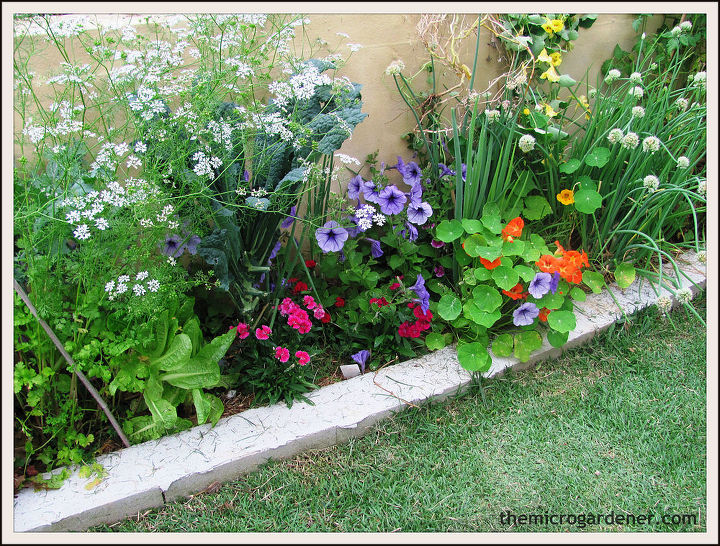



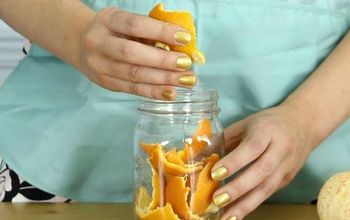





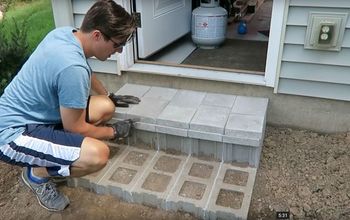
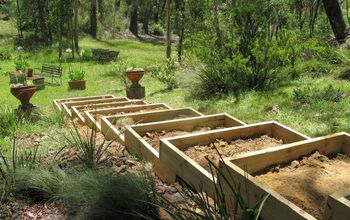

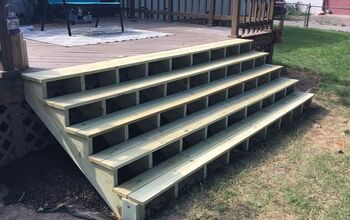

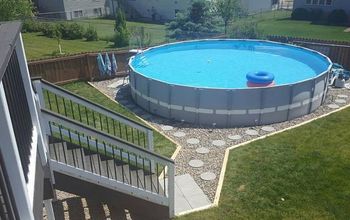



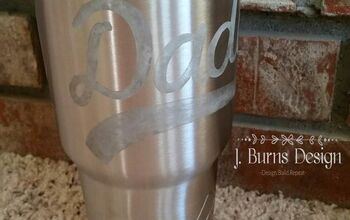
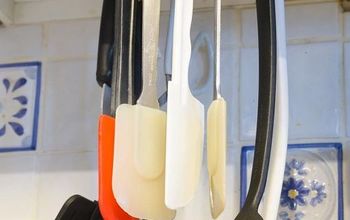
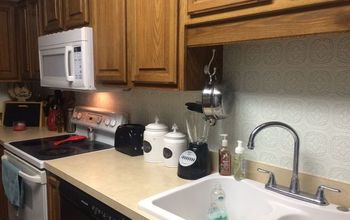





Frequently asked questions
Have a question about this project?